June 15, 2021
By Zoe Welch, education manager
The Wolfsonian's interest in material culture is anchored in the idea that even the overlooked or underestimated artifacts of life are essential to understanding who we are. From mundane machines (a stove, a meat slicer, an electric razor) to papers, wrappers, magazines, and other typically discarded ephemera, we can learn so much from what we make and use as a society. Simply put, the Wolfsonian collection says: everything is important. Placing students at their core, our education programs follow this democratic approach to ask, "what's important to you?"
One of the most valuable things to a young person is the affirmation that what they notice is significant; what they see, what they think, what they sense, matters. In our high school program, Zines for Progress (Z4P), we extend this even further through a prompt: Tell me. Tell us. This overture, one that teens rarely hear—at least with the freedom to answer candidly—is what Z4P holds at its center as a program and a pedagogy.
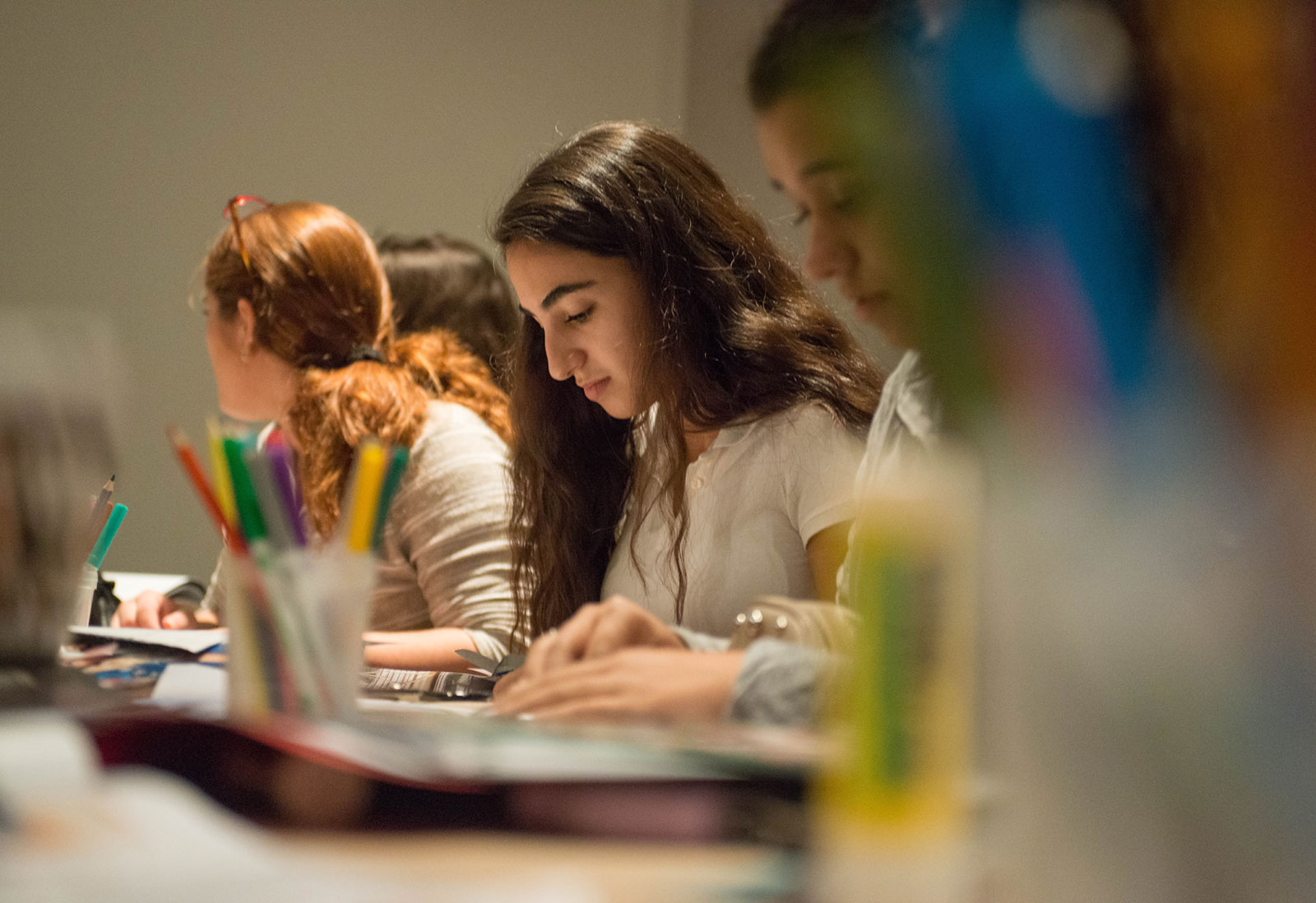
Zines for Progress started out 5 years ago as an in-person program offered by The Wolfsonian to Miami-Dade County high schoolers. The curriculum introduces students to zine-making as an art form and empowers them to voice their opinions on hot-button, timely, or personal topics of their choice. Historically, we have brought the teens into the museum for crash courses on zines, in-gallery exploration of the collection, and workshops, however the pandemic forced a digital pivot—quite a challenge for a program all about collaboration and the tactility of zines. But Z4P had to adapt, as with so much else due to COVID-19, by going online.
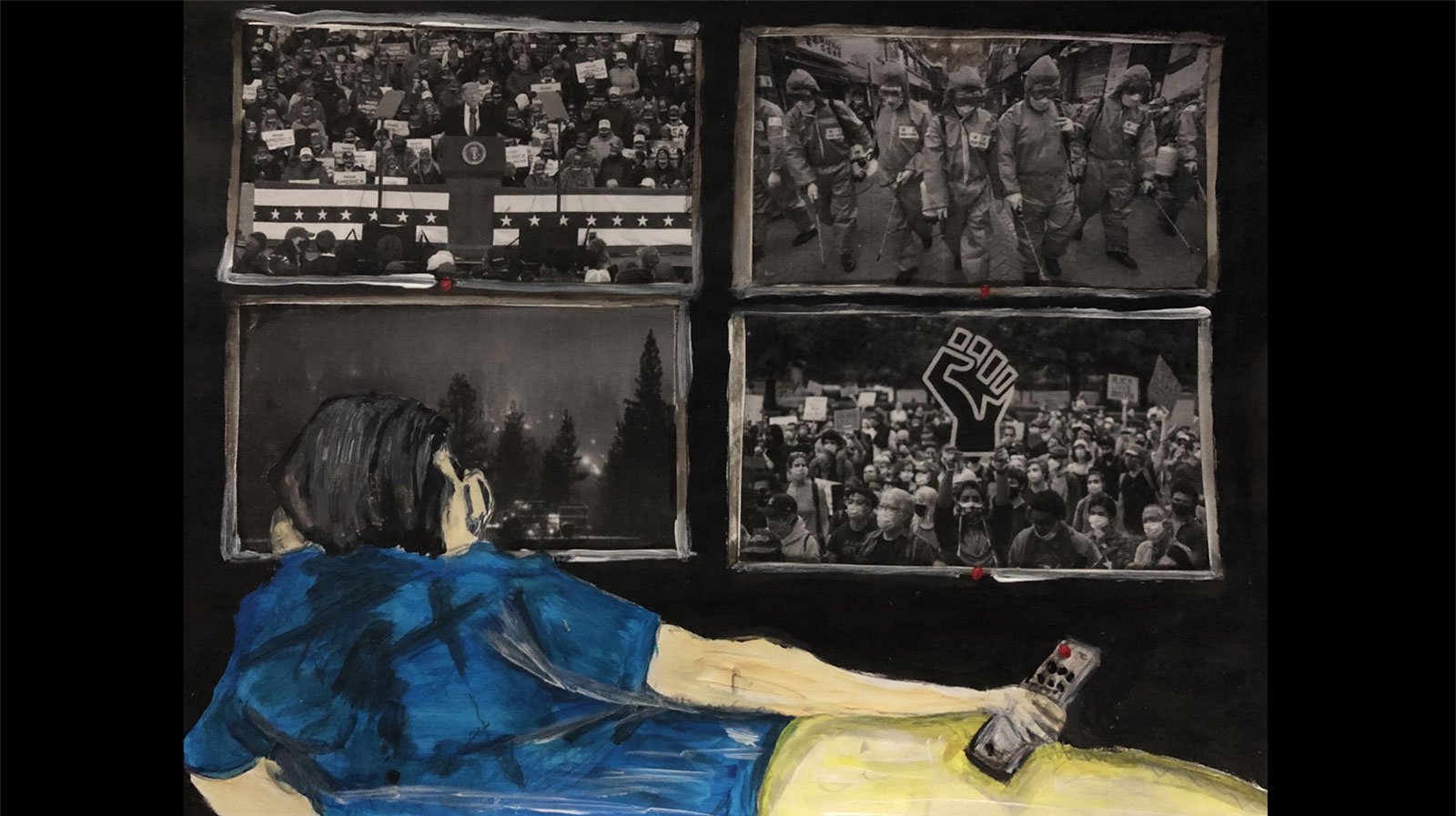
The past year has truly been like no other—virtual and touchless, epic yet circumscribed—a unique year worthy of a unique edition of Z4P. So, for 2020–21, we repackaged Z4P to connect students and have them create digital design works for presentation in one collective digital zine, Hybrid Reality—Living History, a document of their pandemic experiences.
The Process
We started by assessing what aspects of the program were our "musts." What was the crux of the Z4P recipe? Which ingredients did we simply have to include to make a digital version a success?
Designed for face-to-face student engagement, pre-COVID Z4P was expressly analogue and organized around group work. While these elements were originally central, when pushed to reconfigure our approach for virtual learning, we discovered they defined how, not what or why. Z4P stands out because it's about media literacy, critical thinking, and the students' agency. It's about getting students to think about their place in the world and have the confidence to share their thoughts by providing the tools and know-how to create.
After some tinkering, we discovered all of this could be retained in the digital realm—instead of handling scissors and glue, the teens cut and pasted on their screens; instead of working in groups and selecting and addressing their topics together, each student produced their own individual piece to be united under one theme, sharing their unique pandemic experience as part of a larger mosaic of collective community experience. Between February 10 and March 25, 2021, 133 students from 7 classes across 6 schools joined me virtually to learn about zines and collaborate on a single edition, one student per "page," together producing 133 individual digital works now joined in one gigantic zine that records this extraordinary year.
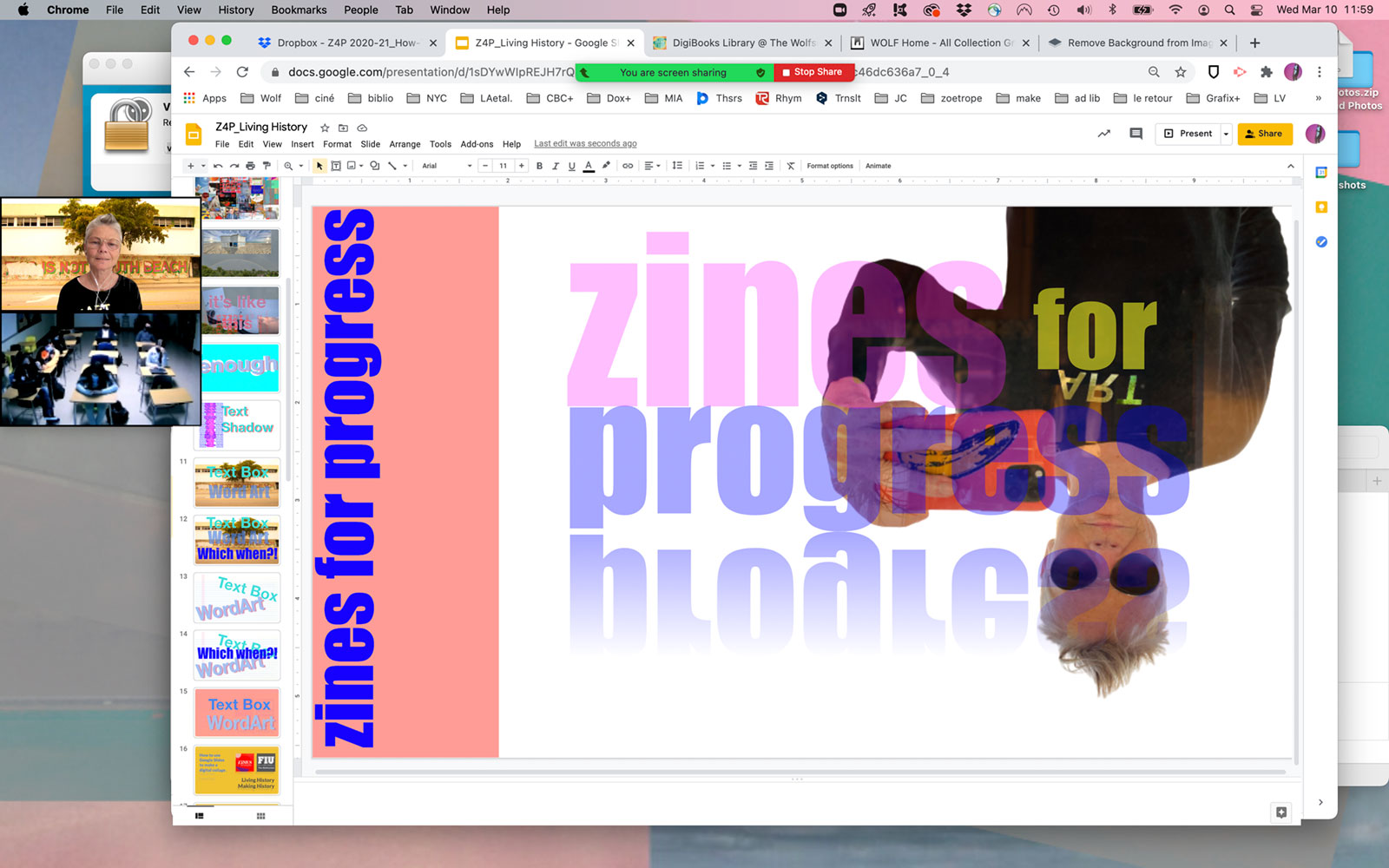
Of course we used Zoom—a lot. File-sharing platforms were also helpful in enabling students to access a set of 9 tutorial videos. Some of the videos demonstrated different tools and techniques available inside Google Slides to make compelling design work; other videos showed how to use a smartphone and basic apps for producing interesting collage photos. Additionally, we viewed, analyzed, and discussed 5 digital collages that I made myself, each demonstrating a different design approach for communicating a personal story and atmosphere. I also met with some of the students to review their works in progress—true "crit" sessions that the students braved impressively.
The Outcome
Hybrid Reality—Living History took the impermanent and intangible and made something lasting. This material object, a printed, bound collection of 133 individual digital works, bears witness as touchstone, testament, and time capsule.
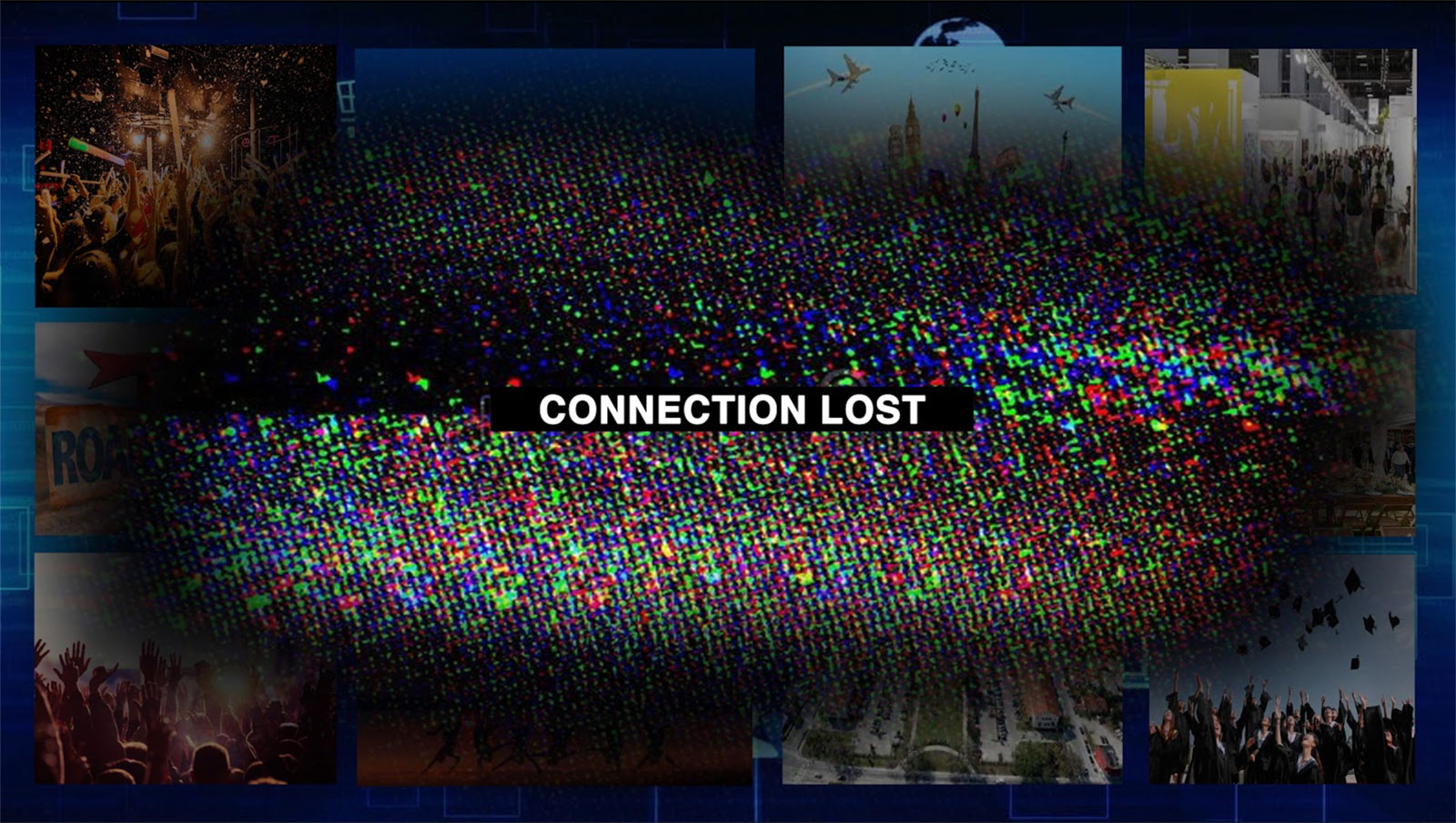
Humans can lose their history; memory fades, then yields to amnesia. But not this. Not this year. In Hybrid Reality—Living History, our students reflected on, and shared back to us, what 2020 was like for them: a lockdown and a curfew; sheltering in place with a pandemic and protests sweeping the nation; California on fire, and more named storms in the Atlantic than we've seen in 104 years; classrooms broken up into physical and virtual spaces; Zooming into and away from places next door and across the globe; being here and there at the same time, often alone; and for many, colossal personal upheaval and loss. In short, these students, like all of us, endured a year of hybrid reality and historic change.
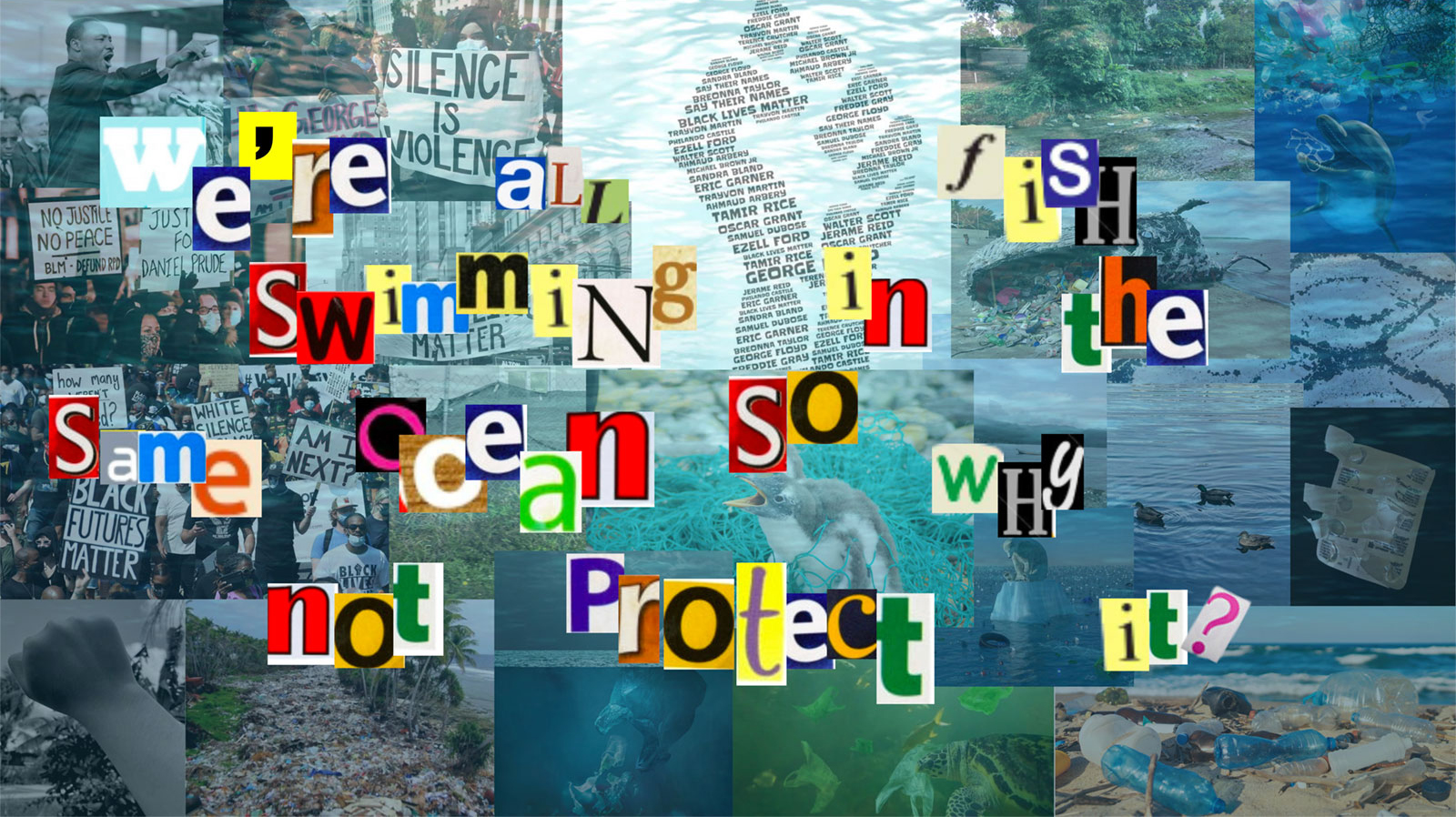
A zine's materiality is often intended as part of its meaning, and so it is designed and made to enhance the story as you hold it in your hands. Yet zines can be ephemeral, and in that way, they paradoxically wind up mimicking the nature of the human experiences that they aim to capture and chronicle. It's here, and then it's gone. Paradox itself seems to be at the heart of 2020 (for the first time, the Oxford English Dictionary chose not to name a word of the year, describing 2020 as "a year which cannot be neatly accommodated in one single word") and Z4P embraced this multiplicity—while the pages of the zine we made digitally weren't conceived of by its 133 creators cohesively and intentionally as a whole, its role as a material object was.
The Impact
Zine work tends to inspire students to bring intimacy and immediacy to their message and its creative expression. This year, as they learned to harness digital tools to reflect on often hard things, students expanded their capabilities in a dimension the material zine hasn't enabled before. Taking over the same spaces they usually turn to for entertainment—online—the students, consumers no more, transformed themselves into creators. Honing key 21st-century skills that equip them to navigate and engage interactive media with intention, harnessing its practical applications in proactive ways, these students became makers of meaning. Through this project, students also deepened their understanding of the continuity of human history as they situated themselves on its arc to tell their part of the story, contemporaneously observing and living in unparalleled territory.
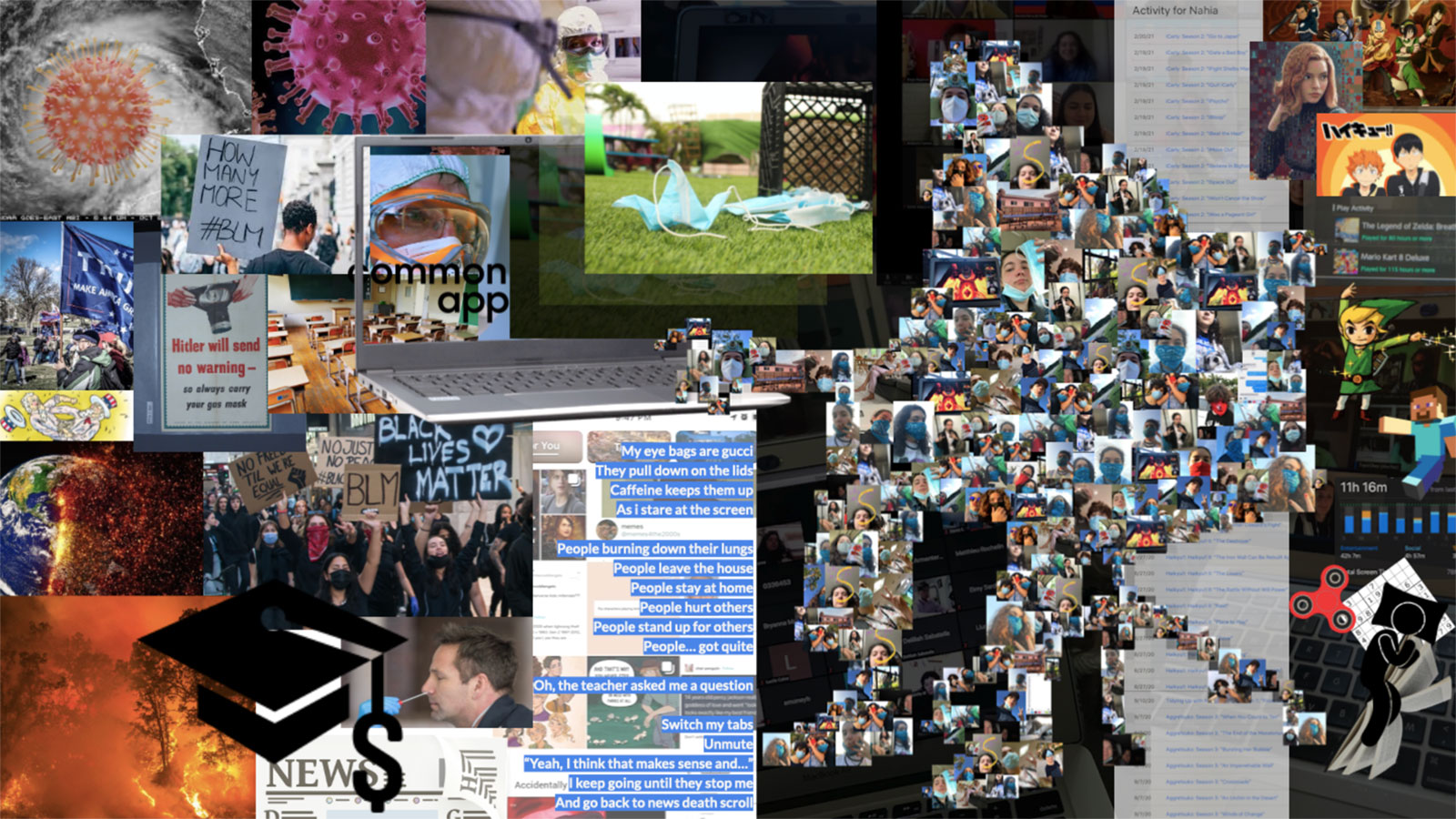
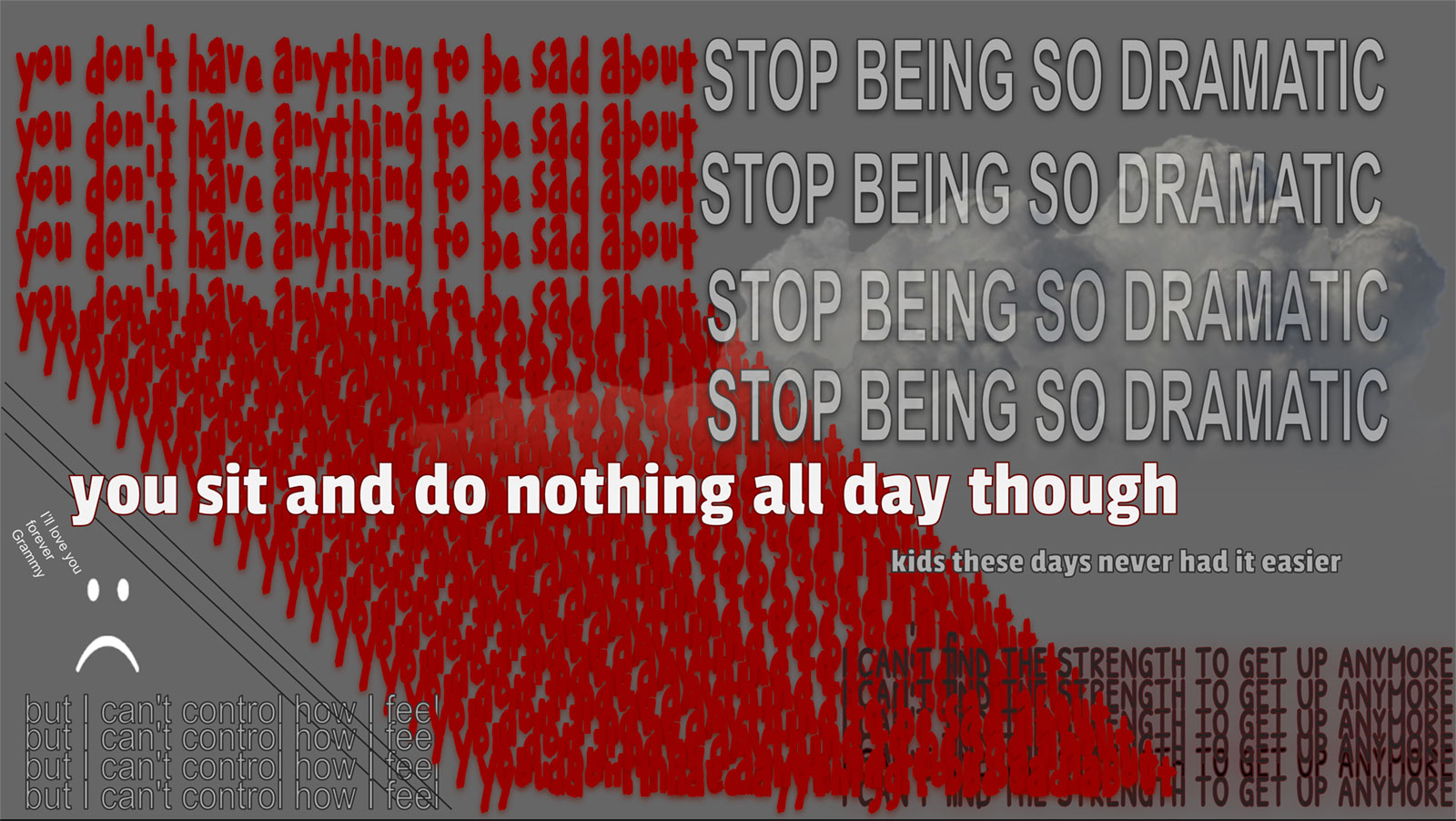
Students were encouraged to be as personal as they wanted to be. They showed up for this challenge with courage and then confidence, getting comfortable trusting their instincts and judgment, learning new ways to express their ideas and feelings. They are telling us what they noticed: truths that are sometimes terrible, sometimes tender. Building their works by layering text and image and overlapping frames, some even embedded personal notes and mementos—secret messages to their future selves—in a digital layer "below" what we can see on the page. Only they know.
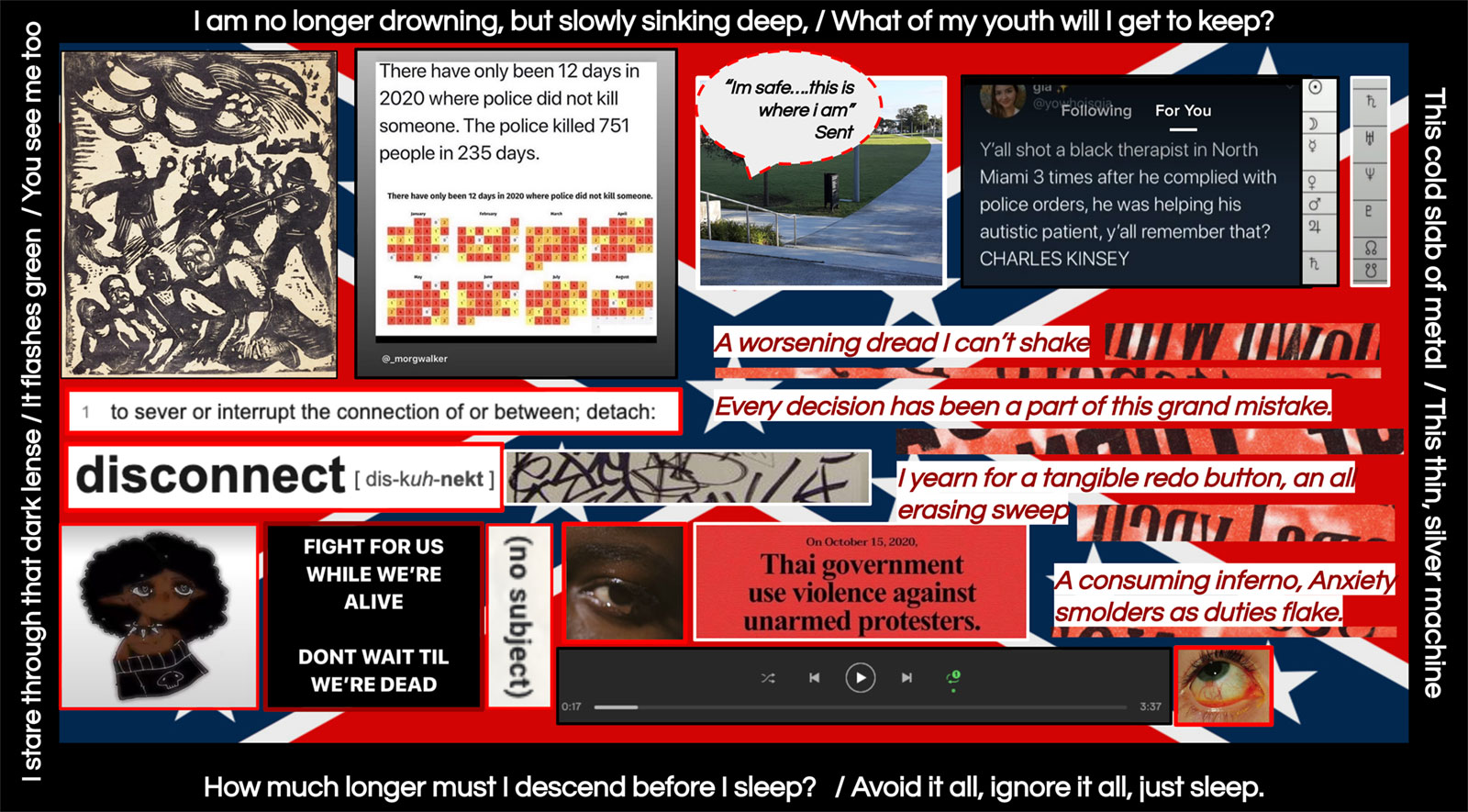
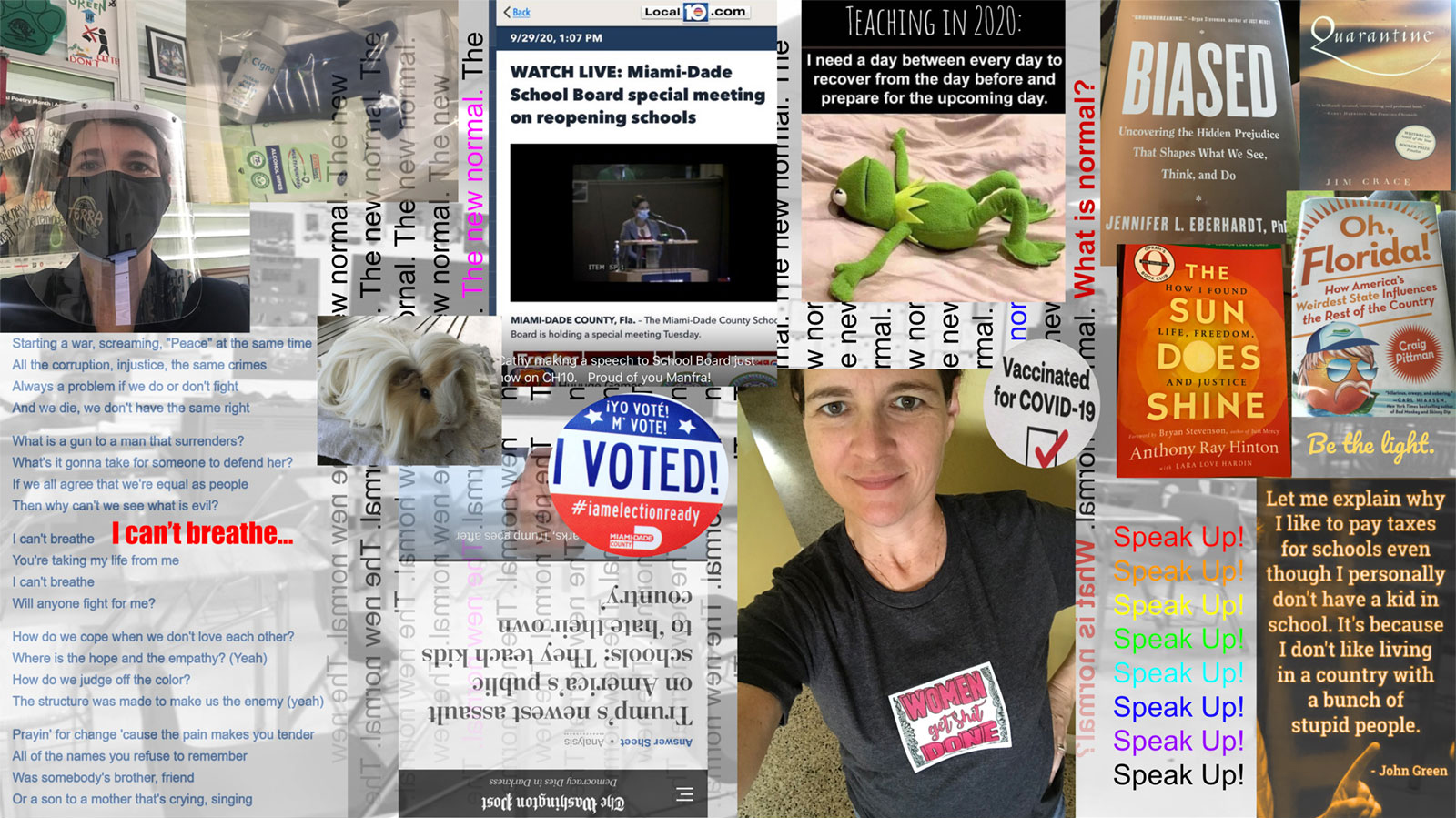
For some students, this was a very unfamiliar kind of project. Some worried: "I'm not creative"; "My piece is a poem, so how do I make it visual?"; "I'm not an artist." In fact, some of them have never been in an art class. Yet each created something wholly original, personal, timely, and telling, embracing the challenge of visual communication with purpose and passion.
The Epilogue
Thanks to Hybrid Reality—Living History, we have a record of life in Miami and how the sweep of 2020 was borne by 133 young people who lived through a singular year. There's something to look back to, to see what these teens noticed, what mattered to them, what they wanted to remember for later. They will be their own ancestors, and ours. We won't forget.
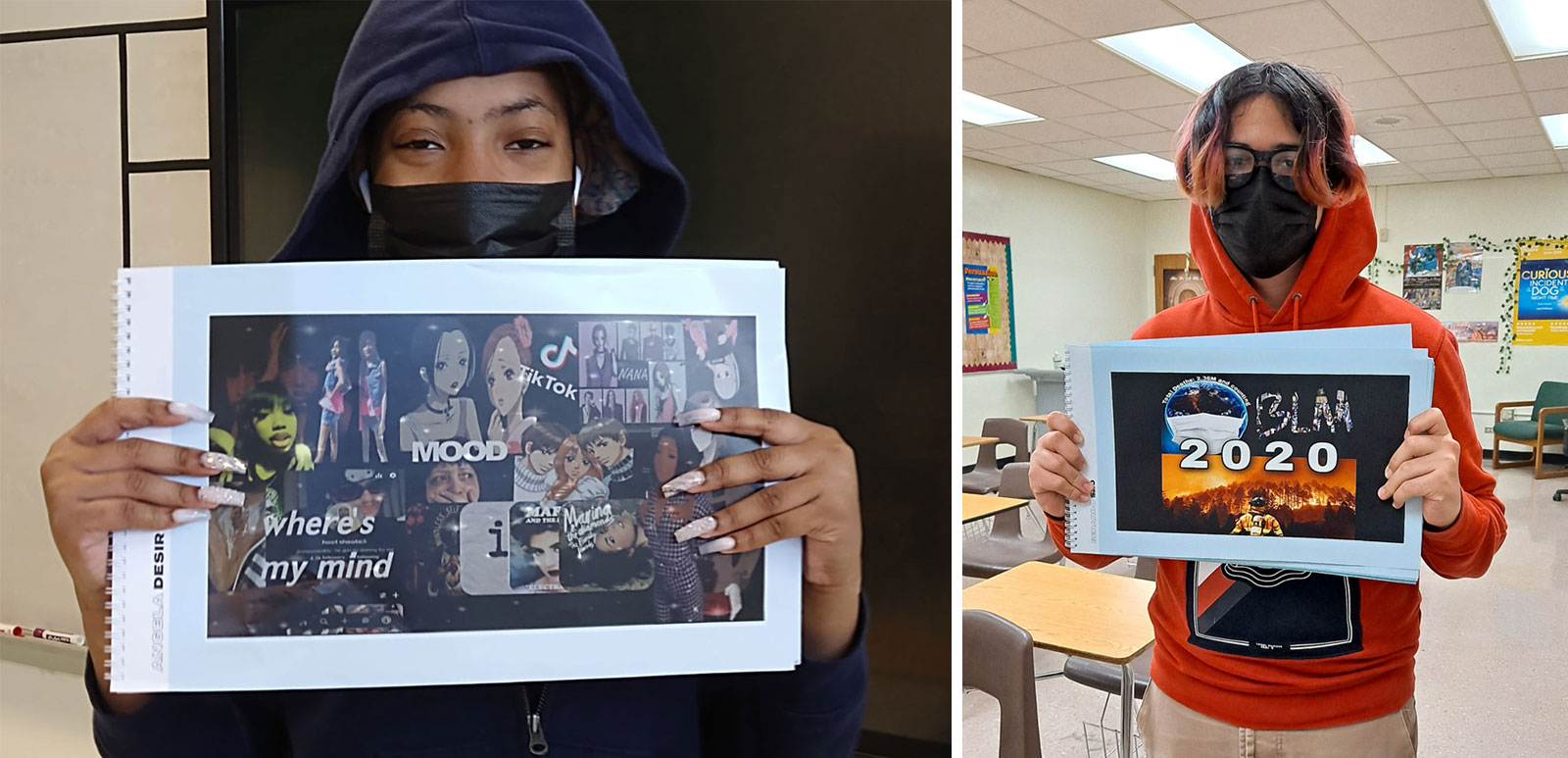
Making a collective zine virtually takes some planning and prep. Making a collective zine virtually with 133 students in 7 different classrooms takes a lot of planning and prep, especially for a zine made online that's going to then be printed and distributed to all the contributing student artists. Now we know how!
To thumb through the printed version of Hybrid Reality—Living History, please drop by The Wolfsonian Design Store + Coffee Bar. We have a copy there for public perusal, and we'd love for you see it.
